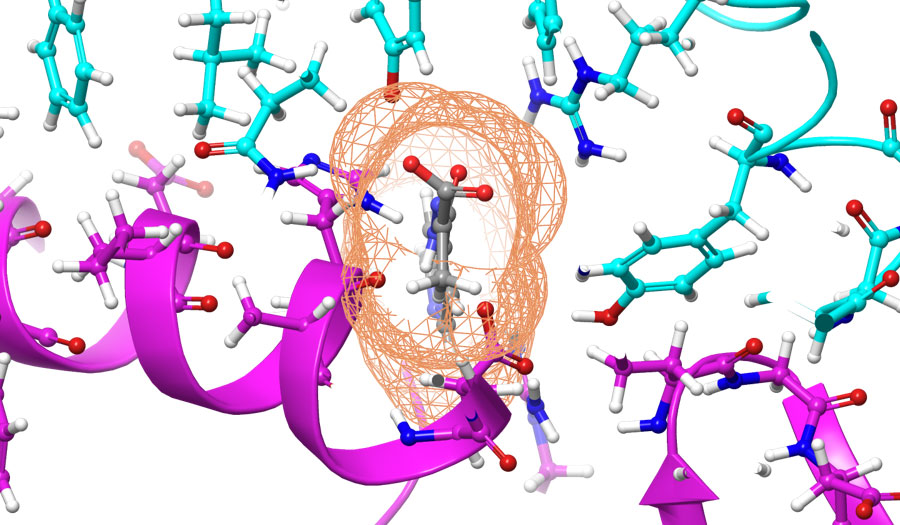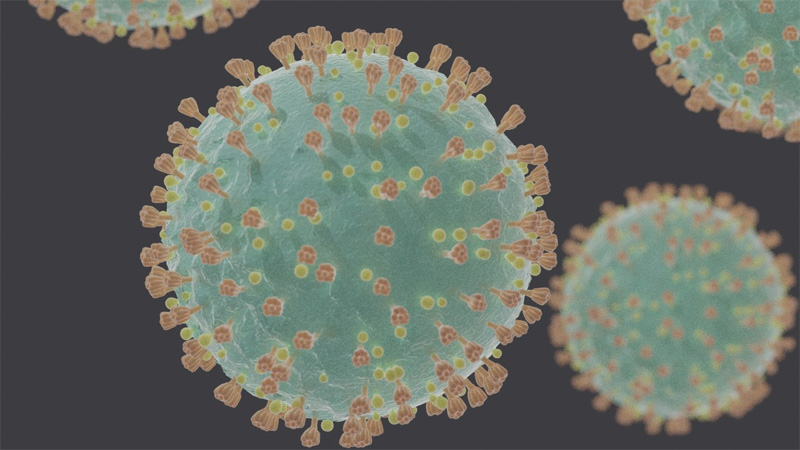
21st March 2020 World's fastest supercomputer finds potential drug compounds for COVID-19 Researchers at Oak Ridge National Laboratory (ORNL) have used Summit, the world's fastest and most powerful supercomputer, to identify 77 small-molecule drug compounds that might warrant further study in the fight against the SARS-CoV-2 coronavirus. The team performed simulations of more than 8,000 compounds to screen for those that are most likely to bind to the main "spike" protein of the coronavirus, rendering it unable to infect host cells. They ranked compounds of interest that could have value in experimental studies of the virus. Earlier this year, when Chinese researchers sequenced the virus, they discovered that it infects the body by one of the same mechanisms as Severe Acute Respiratory Syndrome (SARS), which spread to 26 countries during an epidemic in 2003. The similarity between the two virus structures and their entry point into a host cell facilitated this latest new study at ORNL. Jeremy Smith, PhD, director of the ORNL's Center for Molecular Biophysics, worked from the assumption that the two viruses may even "dock" to the cell in the same way. His colleague, Micholas Smith, a postdoctoral researcher, built a computer model of the coronavirus' spike protein, also called the S-protein, based on recent studies of the structure.
After being granted computational time on Summit, Micholas Smith performed molecular dynamics simulations, which analysed the movements of atoms and particles in the protein. He simulated different compounds docking to the S-protein spike of the coronavirus to determine if any of them might prevent the spike from sticking to human cells. "Using Summit, we ranked these compounds based on a set of criteria related to how likely they were to bind to the S-protein spike," explained Micholas Smith. The team found 77 small-molecule compounds, such as medications and natural compounds, that they suspect may be of value for further experimental testing. During these simulations, the compounds would bind to regions of the spike that are important for entry into the human cell, and therefore might interfere with the infection process.
"Summit was needed to rapidly get the simulation results we needed. It took us a day or two, whereas it would have taken months on a normal computer," said Jeremy Smith. Summit was developed by IBM and became the world's most powerful supercomputer in June 2018, with a peak performance of 200 petaFLOPS or approximately 200,000 trillion calculations per second. If every person on Earth completed one calculation per second, it would take the entire world population 305 days to do what Summit can do in a second. The machine is so powerful that it requires 4,000 gallons of cold water to be pumped through its cooling system every minute, carrying away 13 megawatts (MW) of excess heat. "Our results don't mean that we have found a cure or treatment for the Wuhan coronavirus," added Jeremy Smith. "We are very hopeful, though, that our computational findings will both inform future studies and provide a framework that experimentalists will use to further investigate these compounds. Only then will we know whether any of them exhibit the characteristics needed to mitigate this virus."
The two scientists now plan to use Summit (pictured above) to run the simulations again – this time based on a more accurate model of the virus' spike protein that was published last month. This next computational study may change the ranking of the chemicals likely to be of most use. Computation must then be followed by experiment, said Jeremy Smith. Computational screening essentially "shines the light" on promising candidates for experimental studies, which are essential for verifying that certain chemicals will combat the virus, he explained. The use of a powerful supercomputer such as Summit was important to get the results quickly.
Comments »
If you enjoyed this article, please consider sharing it:
|









